Hazard reduction burn at Warragamba Dam
Hazard reduction burns are planned to protect Sydney’s drinking water supply from future intense wildfires.
A burn was successfully conducted at Warragamba Dam on Friday 28 April but wet weather the following weekend has made ground conditions too damp to conduct any further mitigation work during autumn.
Future hazard reduction burns are now planned for spring at the Upper Nepean dams of Cataract, Cordeaux and Nepean south of Sydney, as well as at Cascades Dam in the Blue Mountains and at Woronora Dam.
“We complete hazard reduction burns throughout the cooler months of the year to protect the catchment and our water supply infrastructure, as well as neighbouring houses and property,” WaterNSW Catchment Assets Manager, Mary Knowles, said.
“We don’t want conditions too hot so that the burn consumes all the groundcover, and ash and sediment run into our lakes during the next rain event.
“We also don’t want conditions to be too cool and damp that we don’t achieve our outcome of reducing the fuel load,” Mary said. “That’s why burns planned for autumn are now scheduled for spring.”
High rainfall across the state has resulted in above average vegetation growth in bushland and grassland. When fuel loads start to dry out, the spring and summer of 2023-24 could see widespread fire risk.
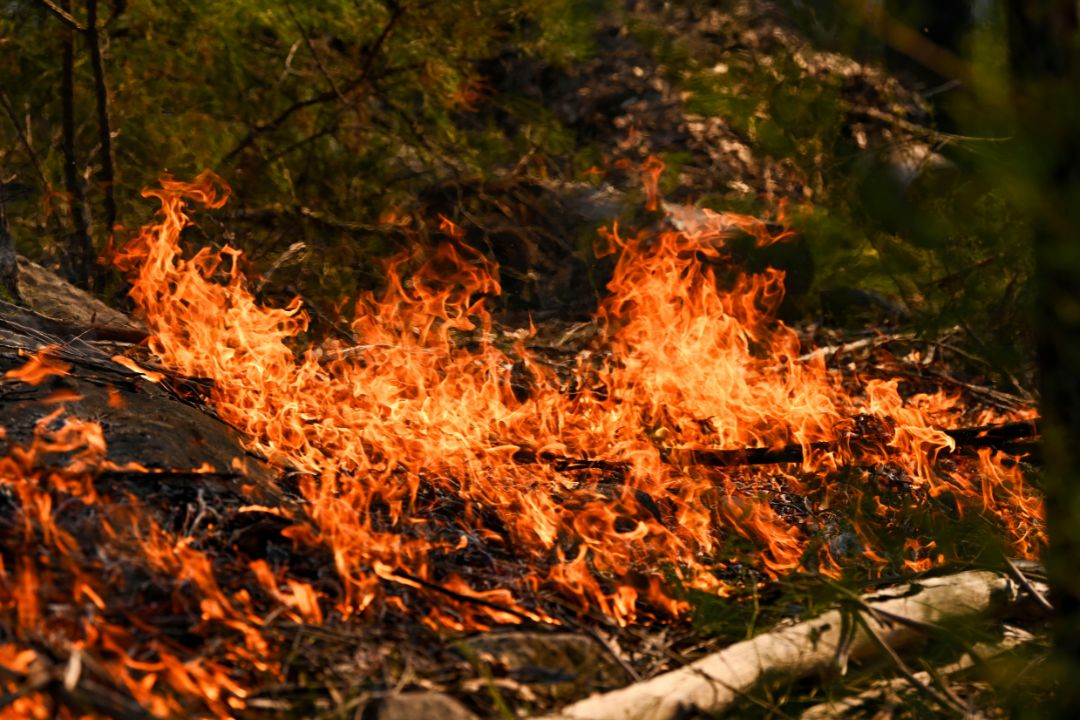
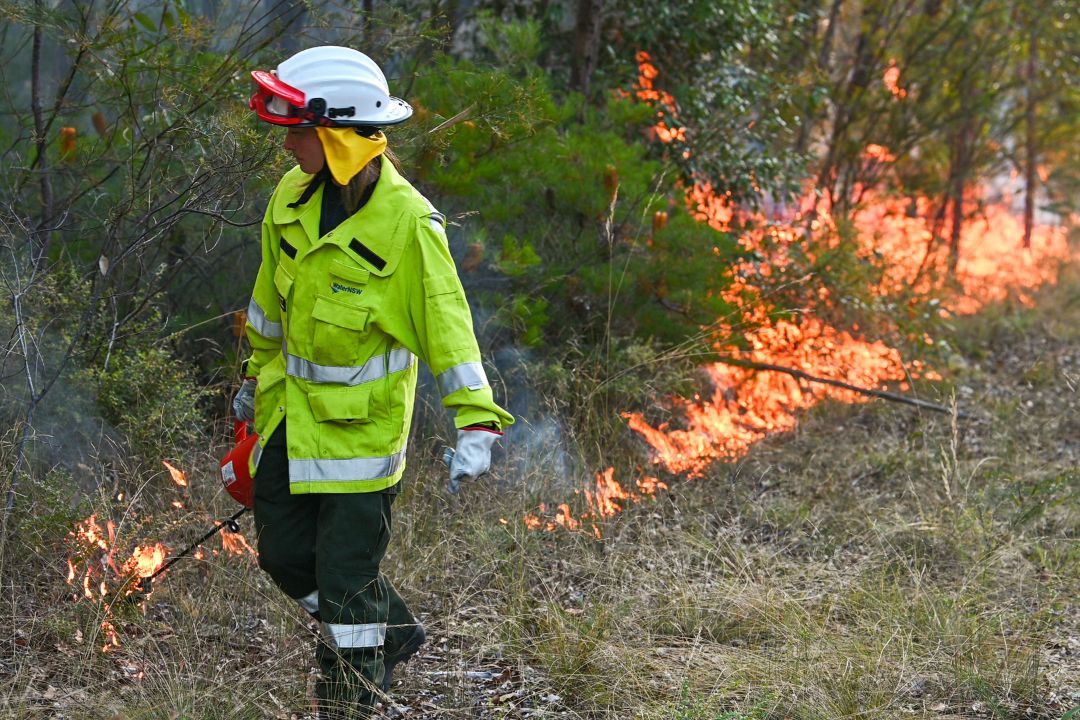
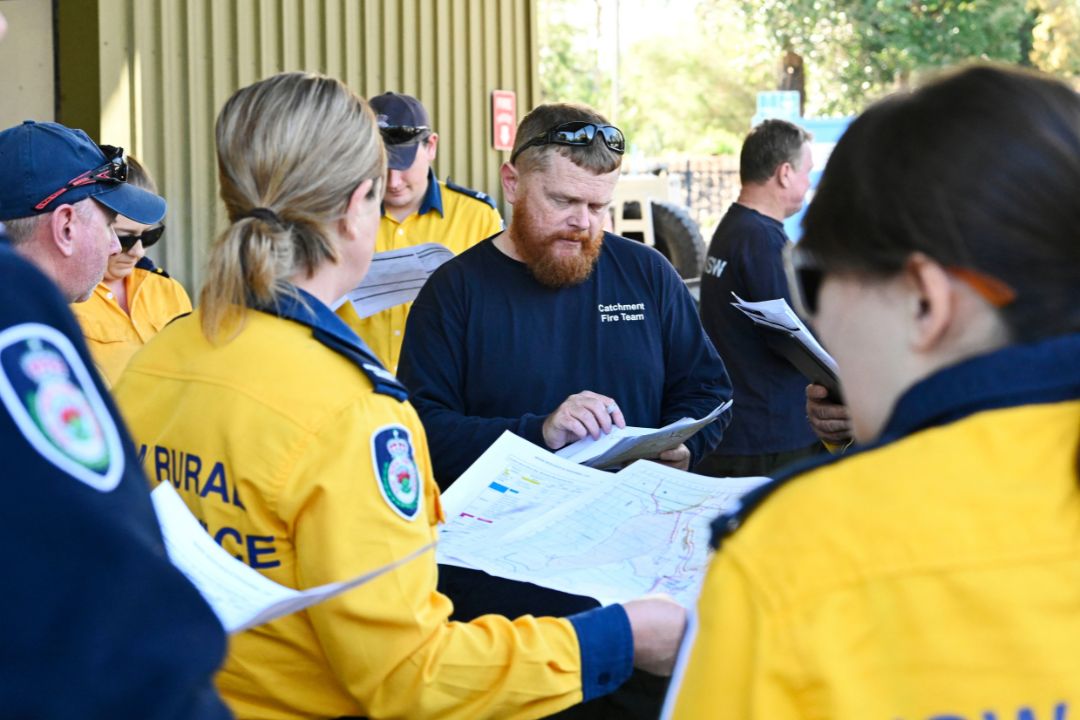
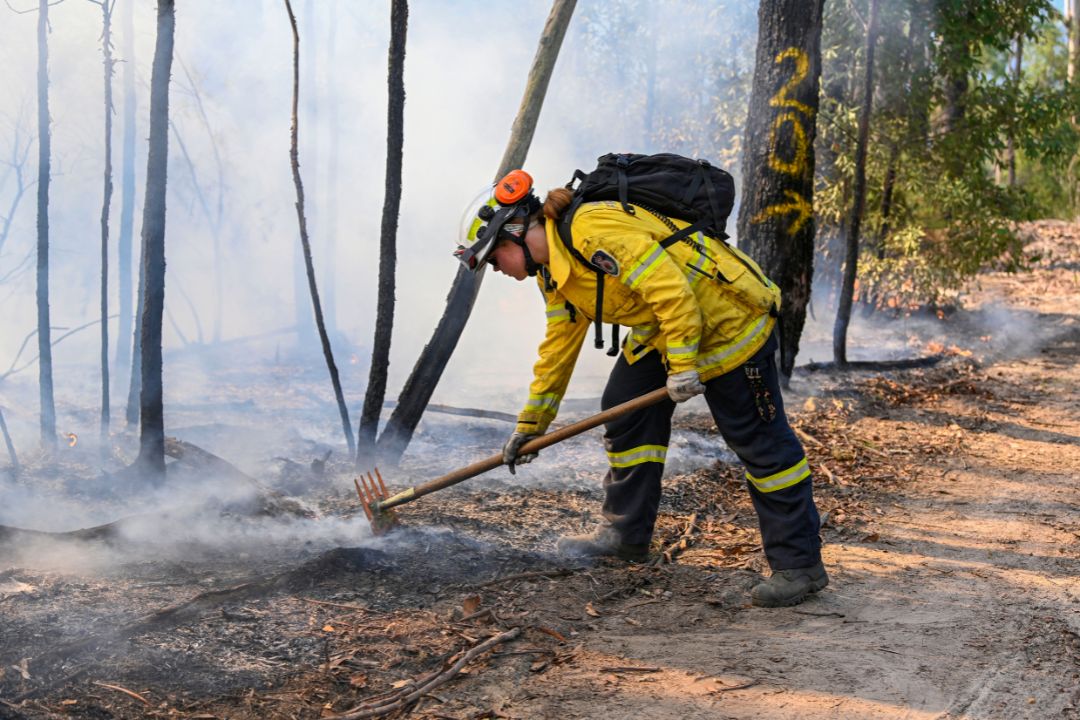
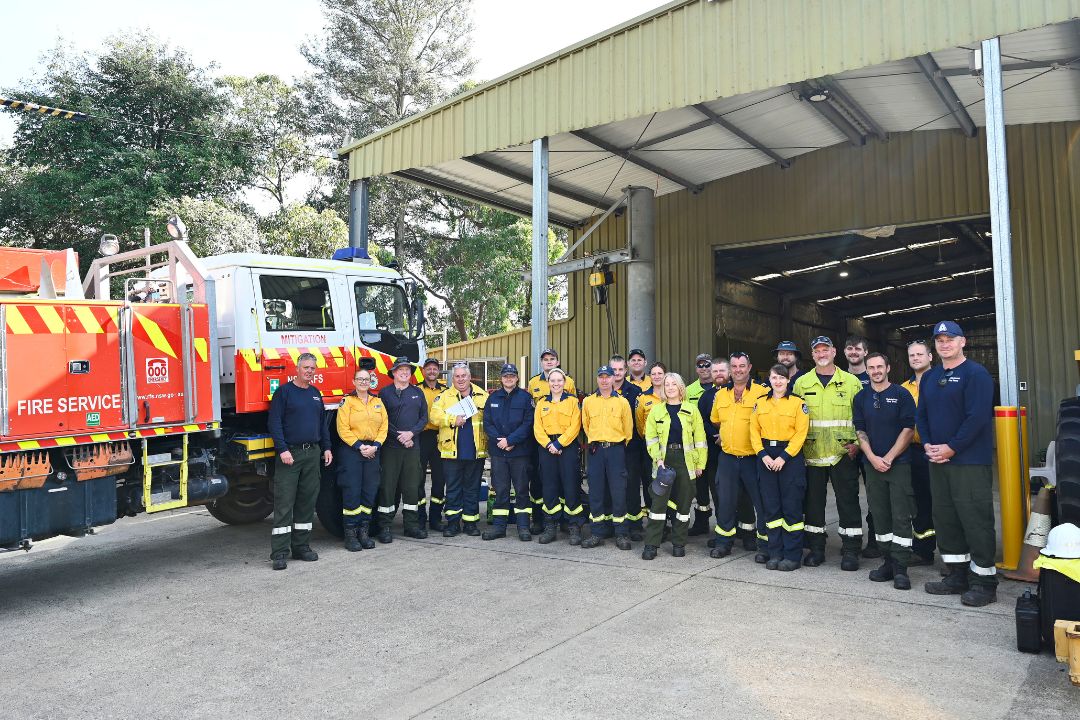
Published date: 8 May 2023
WaterNSW acknowledges the traditional custodians of the lands and waters on which we work and pay our respects to all elders past, present and emerging. Learn more
